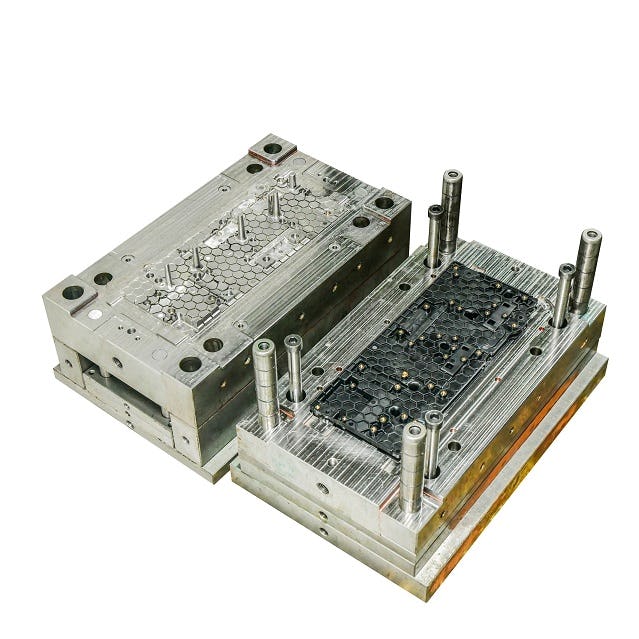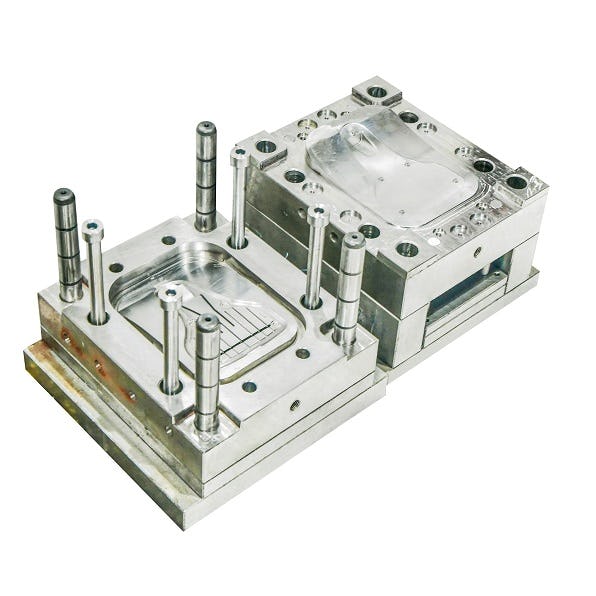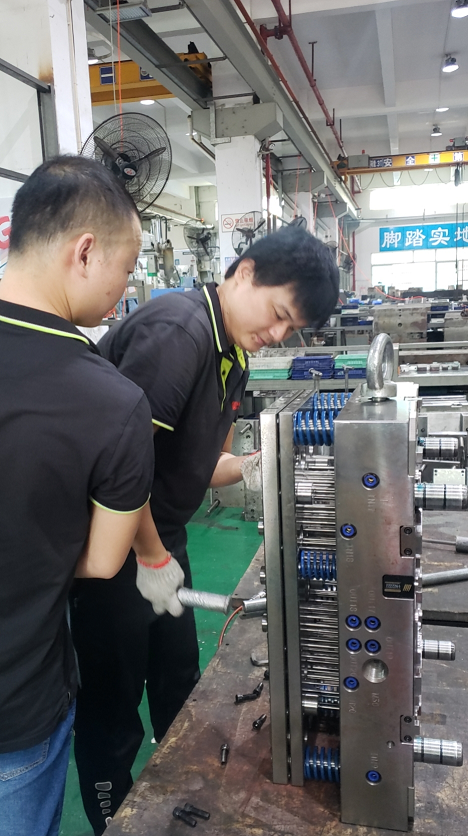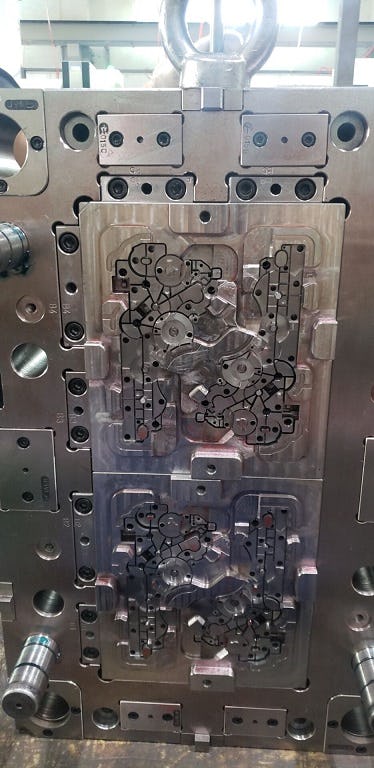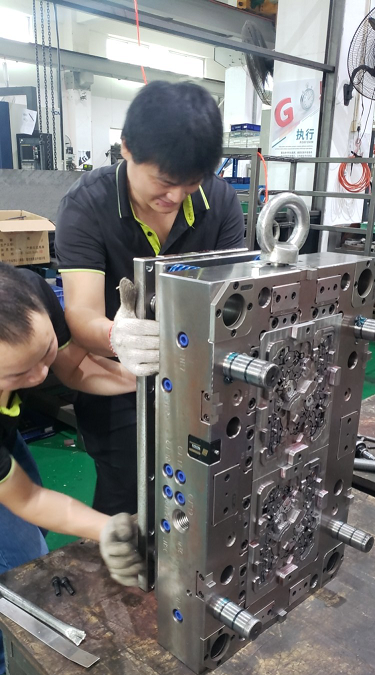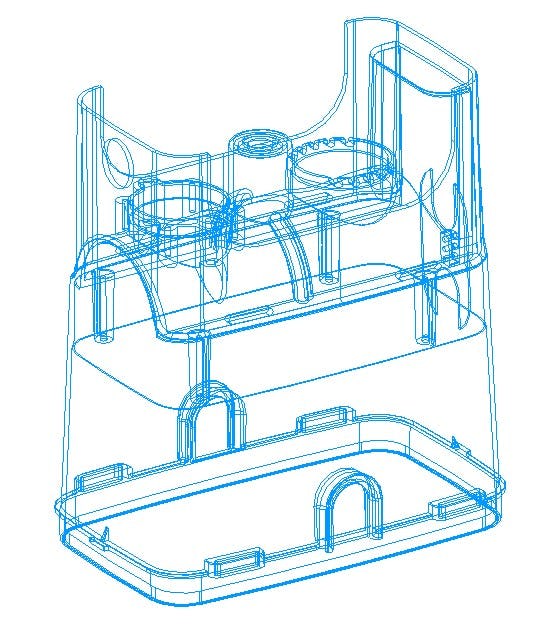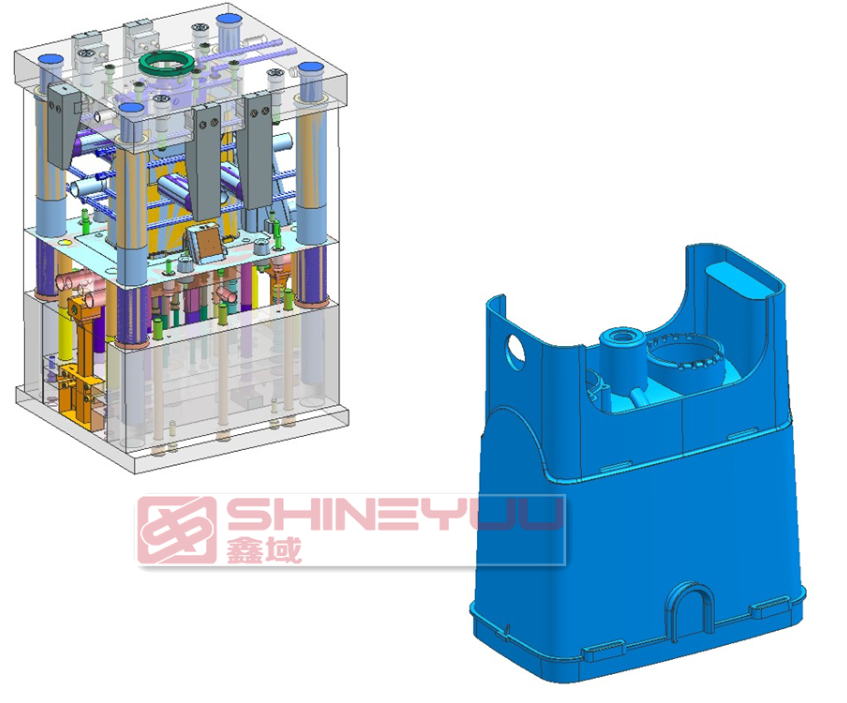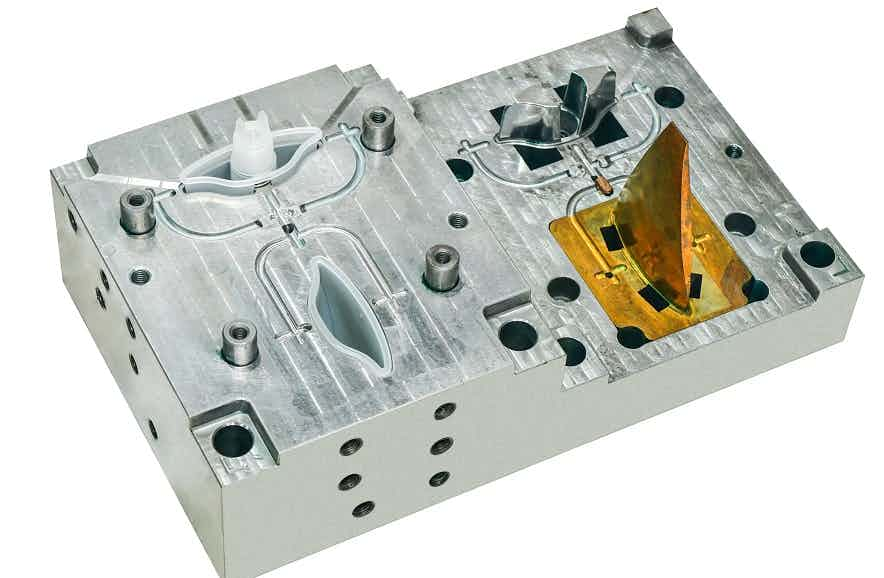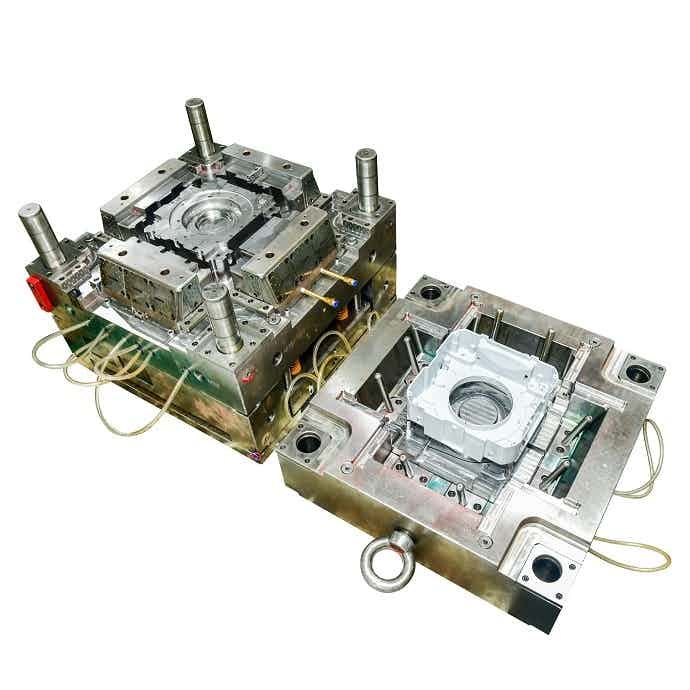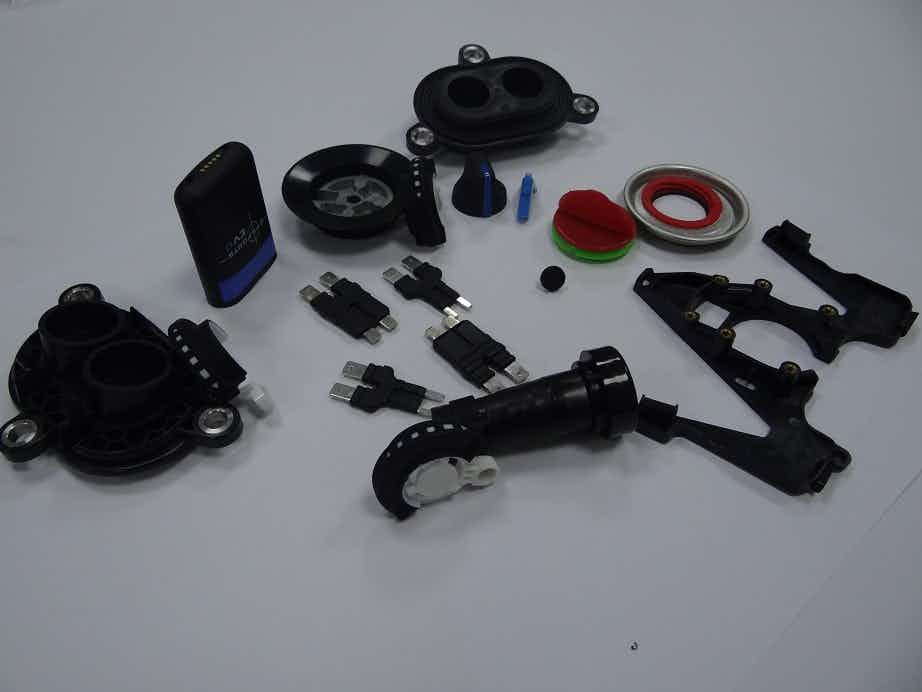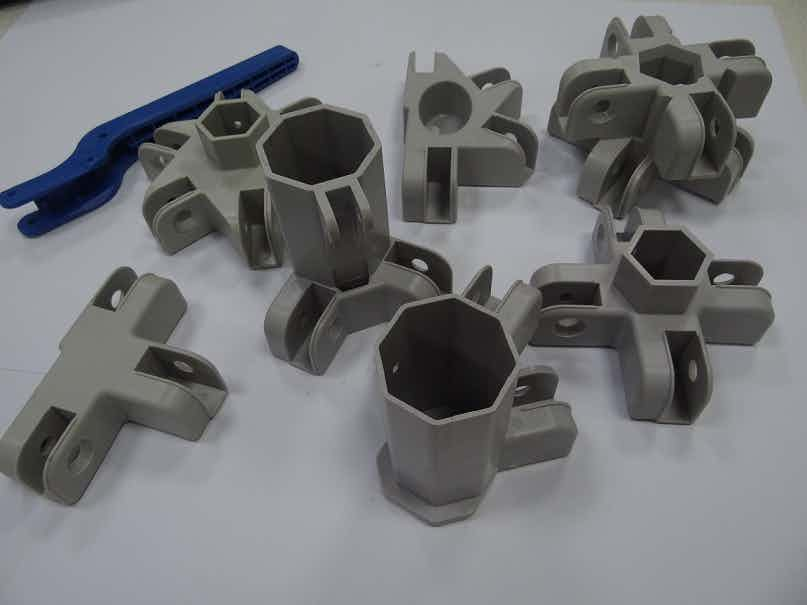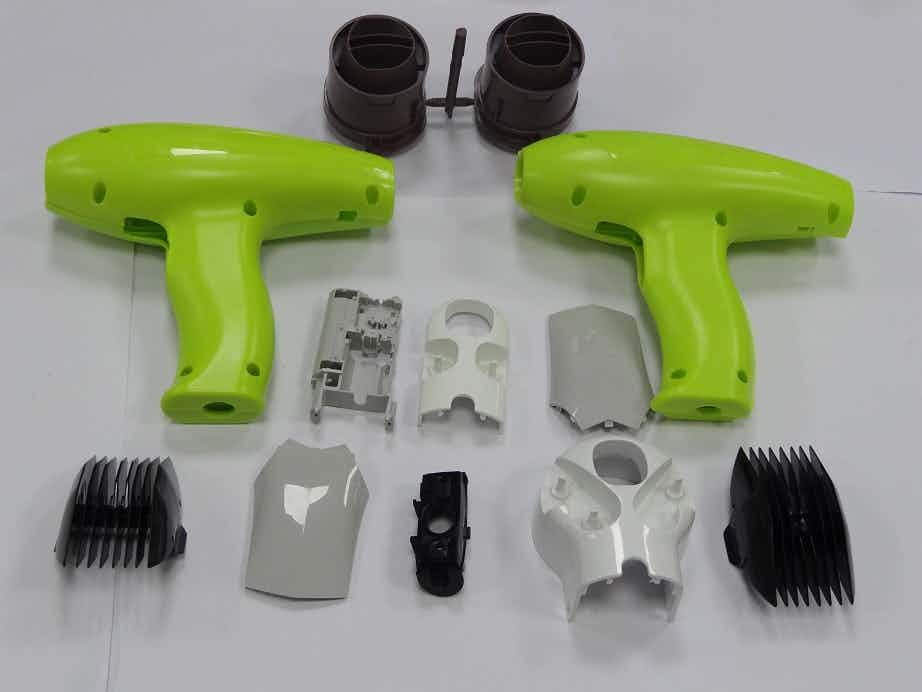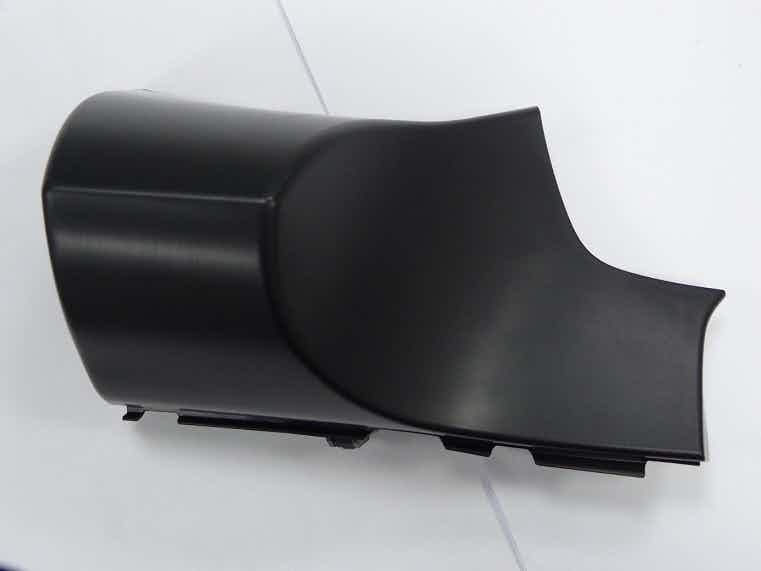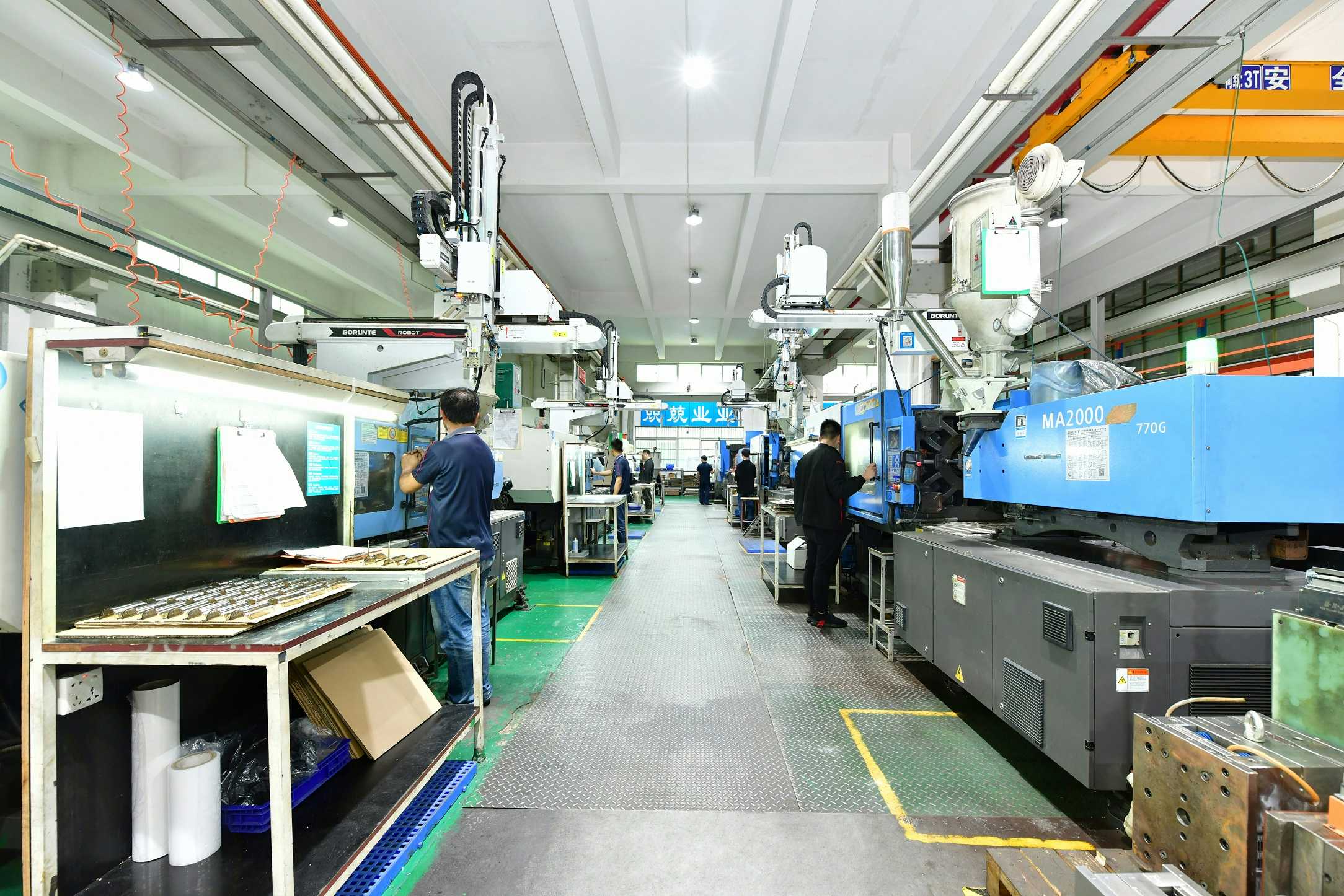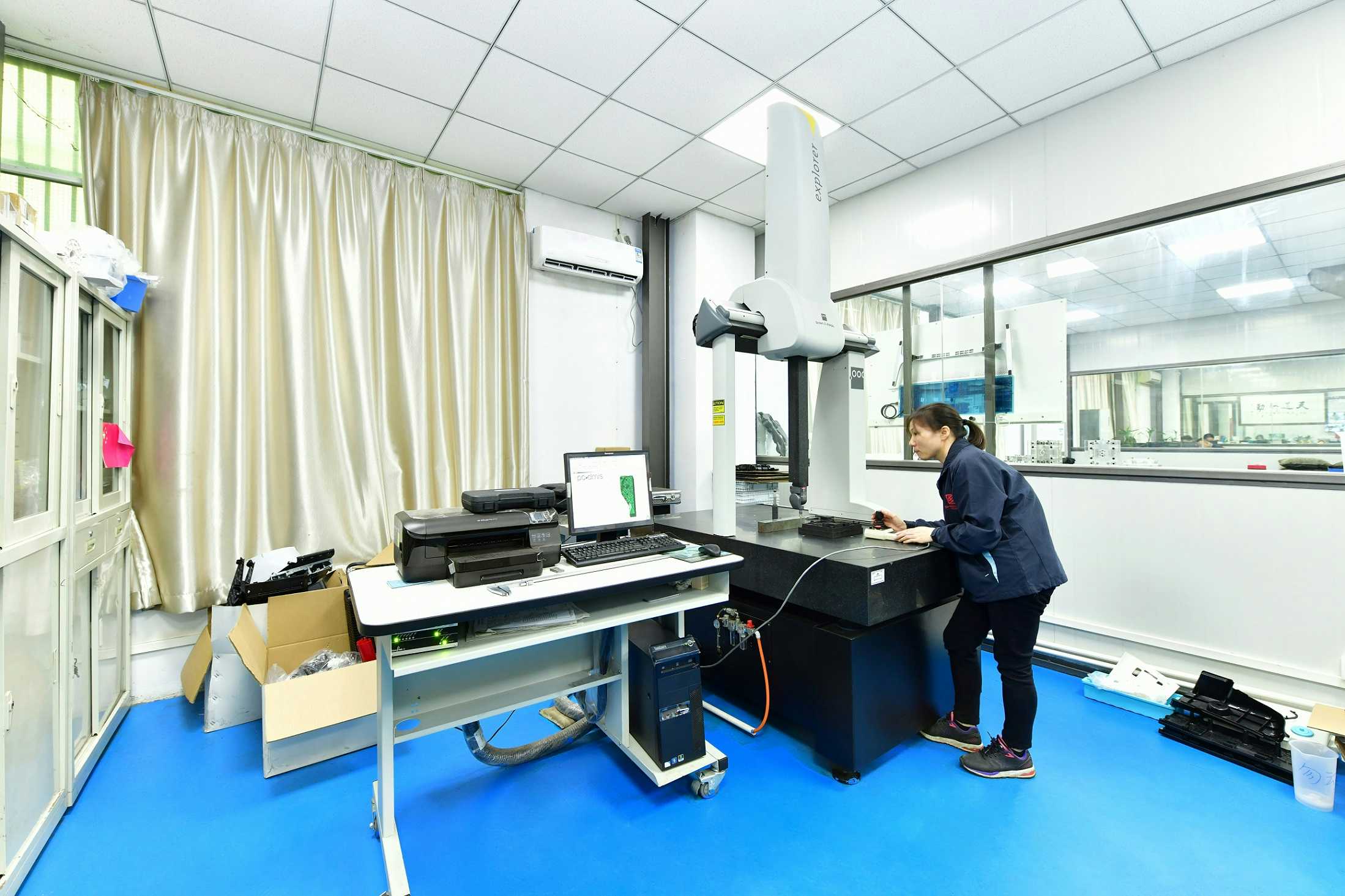Rapid Tooling
We specialize in the production of high quality, low cost rapid prototypes and rapid molds. With a wide range of technologies at our disposal, we are the perfect one stop shop for all your prototyping needs. We offer low volume production from just 3 to 15 days!
Once you are ready to start your next project, contact our team to get a free quote.
Here are two examples of rapid tooling molds:
So What Is Rapid Tooling?
Rapid tooling has a variety of names which define rapid prototyping. Rapid prototyping definitions include RT, rapid production tooling, prototyping tooling and soft tooling. Rapid tooling involves a process in which rapid prototyping, such as 3D printing or pared back injection mold tooling enables you to both quickly and cheaply get parts.
In other words, the rapid prototyping definition is the fast creation of a physical part using a 3D computer aided design (CAD). It is any type of rapid injection molding tooling that is capable of being manufactured quickly and inexpensively in order to test and validate parts before you invest in production tooling.
It is ideal for the prototyping stage of a new product development. While there are other prototyping options available, like that of 3D printing, CNC, vacuum casting and other kinds of tooling manufacturing which tend to be both faster and cheaper, the main advantage of rapid tooling inc lies in the process and materials that can be used.
In the rapid injection molding scene, rapid tooling is starting to be used to create rapid injection molds for commercial operations since the time lag is so short between the beginning to completion of a product, because the only thing needed is a CAD file for the design stage of injection molded parts, making it ideally the most convenient and cost-effective way for prototype injection molding.
How Does Rapid Tooling Work?
Rapid tooling consists of transforming CAD models into a physical tool or mold using rapid production methods, like that of injection moulding. The injection moulding process is comprised of three main components: the plastic injection molding machine, raw plastic and the machined mould. The plastic is then melted into the injection moulding machine and then injected into the mold where it cools and solidifies into its final part. Once the piece has finished cooling it is removed and completed.
These processes – while not well suited for large volume product – can allow the manufacturers to test and evaluate the design of any tool before they decide to ramp up to full scale production.
This is done with two main rapid tooling techniques employed, to define tooling terms: direct and indirect. Direct rapid tooling involves rapid prototyping processes which are used to manufacture both core and cavity mold inserts. This method is useful for tools that vary in geometrical complexity. Indirect rapid tooling however, uses rapid prototyping processes which create a master pattern, generally used to produce a tool using soft tooling – primarily used in plastic production.
Below on the left you will see rapid mold being done by auto insert. Looking very futuristic!
On the right Shineyuu employees fit and check the rapid molding before assembly.
In the center you can see our mold project team during a technical discussion.
What Are The Advantanges Of Rapid Tooling?
Rapid production tooling provides a wide array of advantages over other methods of prototype production, including:
- Cost: Rapid tooling holds a significant advantage over its competitors who use conventional tools, with savings of up to 95%. This makes the cost of rapid tooling far more accessible to many manufacturers who have tighter budgets. Not only this, but it ultimately translates into a positive bottom line for the customers too.
- Speed: Prototype tooling possesses the great benefit of speed, in that tools can take only weeks or even days to produce! Versus other traditional means of tooling which can take months to deliver.
- Customized: Both customization and optimization are huge factors in the rapid tooling process, given the fact that rapid tooling makes it possible to tweak and improve a mold’s design in a significantly shorter space of time. This is also combined with the fact that rapid tooling can be completed with a wide range of materials for rapid injection molding parts.
- Testing: With rapid tooling, design faults can be identified and corrected before production, which can save on additional time and costs later down the line. Rapid prototyping facilitates practical real-world design test and troubleshooting solutions in only a fraction of the time of conventional tooling, implementing new design changes and improvements.
Below you can see a technical drawing of the product on the left. On the right a CAD example of the product's mold and a 3D illustration of the finished design.
Why Use Steel Molding?
Steel is considered to be a solid, sturdy choice for injection moulding. Steel molds have a longer life cycle and can therefore be used for high-volume production, especially when compared to that of aluminium tooling. Steel mold tooling can also be with engineering-grade plastics, the benefit of which is that these plastics are extremely resistant to abrasion and corrosion.
What Rapid Tooling Materials Can Be Used?
Rapid tooling is a fast and cost-efficient way to create a select few rapid prototypes for function and testing. When it comes to the materials to choose from, there is no limit to material choice. Plastics which are available for mass production, along rubber materials and common silicone, can all be used with the rapid tools process.
A selection of the rapid tools materials are as follows:
- ABS
- Nylon GF
- PP
- PA6
- PA12
- HDPE
- LDPE
- POM
Production Molds
Below you can see a selection of production molds that we have used previously.
Injection Molded Parts
Here you will see some samples of our injection moulded parts created in production.
Tooling Facility
Take a look at some of our tools.
How Shineyuu Does Rapid Tooling
The below image shows the process of how we bring your design idea to reality.
Here at Shineyuu, we happily provide superior rapid tooling services at extremely competitive prices. We utilize steel molding tooling techniques, which is utilized as part of the molding process to create multiple copies of your parts. Based in Guangzhou, we are the go-to manufacturer for rapid tooling China. Our services include rapid tooling and mass production tooling. For more information or to get a quote from us, please contact us today!
If you have any questions, check out our FAQ section here.
Please provide 3D files and give us as much information as you can.
- Application Data (mold material, finish, etc.)
- Volume of parts required from the tool.
- Tolerances of the component.
- Life of the project.
We can then complete our specification sheet and evaluate the costs more exactly.
Check out our rapid prototyping tooling and manufacturing pdf here!
